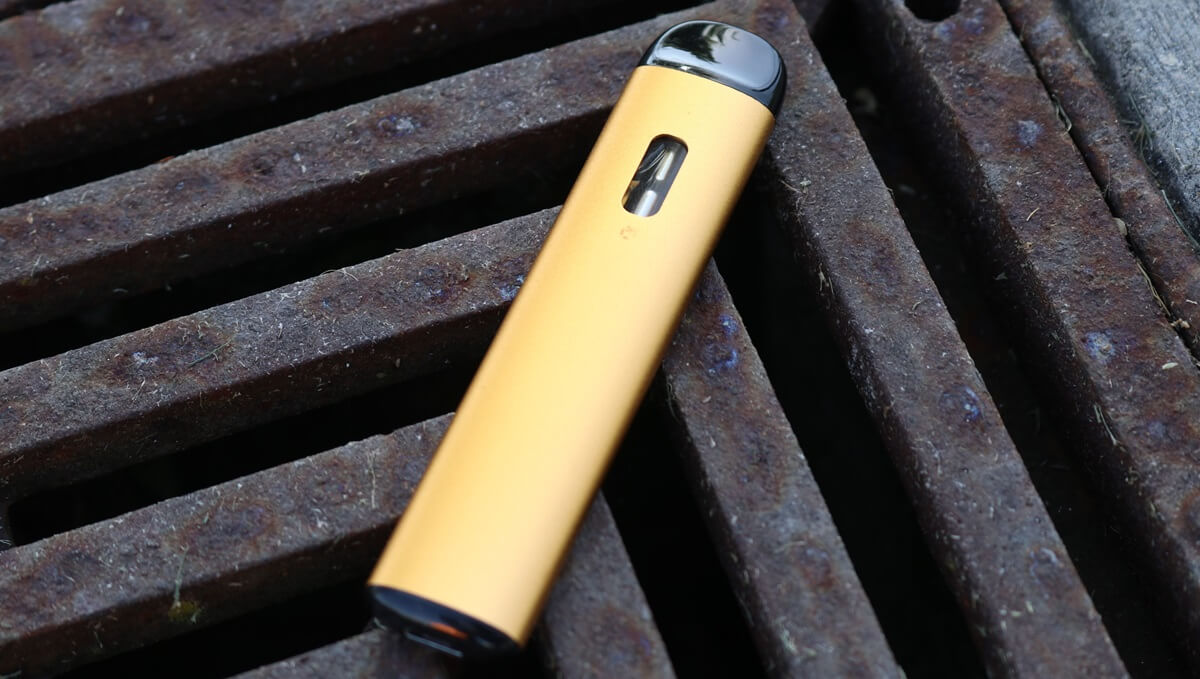It’s no longer breaking news – smoking is terrible for our health. Across the world, 10% of all deaths are related to smoking-related conditions. Tobacco smoking is, in fact, our nation’s leading preventable cause of death, claiming the lives of approximately 24,000 Australians every year due to related cancers, heart diseases and strokes. It also places great strain on our healthcare system, not to mention the environment, and even puts our friends and family at risk of passive-smoking-related conditions. Although legal in Australia, smoking causes more death and damage than alcohol and all illegal drugs combined.
So, with all of these reasons to quit smoking, why is it still an issue within society? Well, smoking – or nicotine, to be more precise – is highly addictive, and while many smokers – maybe even most – would like to quit, only 6% of smokers are successful each year. There is a fear around what quitting smoking actually does to your body. Then there are the internal and external factors causing young people to take it up, whether it be to deal with stress, or succumbing to peer pressure in order to ‘fit in’.
The way to break this trend is for our community to continuously become more educated about the risks and impacts of tobacco smoking. In this article, we explore 5 statistics from Australia and across the world about what quitting smoking not only does to your body, but also your wallet, community, and the environment.
Health Benefits Begin within 12 Hours After Quitting Smoking
So, what does quitting smoking do to your body? Well, while the habit can cause great harm to our health, the body can be extraordinarily resilient. If any smoker is feeling they have missed their opportunity to stop because they won’t get any real health benefit, this couldn’t be further from the truth. One of the key reasons to quit smoking is because health benefits can be experienced within just 12 hours. In fact, your heart rate will drop after just 20 minutes of smoking, and then in under a day, the carbon monoxide levels within the blood falls back to normal levels. After 5 to 7 days, most of the nicotine will have exited your body, and you will begin to notice your sense of taste and smell improves. From there, blood circulation and lung function will continue to improve over the next 2 to 12 weeks, not to mention an improvement in your complexion and skin elasticity. You will soon realize you are much fitter, as well, from simply climbing the stairs to getting back into jogging. This is because there are no longer external reasons forcing your heart and lungs to work harder to perform these functions.
It Can Take 15 Years to Return to the Health Level of a Non-Smoker
This is potentially one of the more disheartening smoking statistics Australians encounter, and hopefully, a powerful reason that will encourage them to quit smoking. Despite the health benefits in the earlier stages of quitting mentioned in the statistics above, it can still take a considerable amount of time to be at a level with the same level of health risk as someone who has never smoked before.
That doesn’t mean it only becomes ‘worth it’ after a decade and a half. It is a continuous, long-term improvement to your health. After the first year, your risk of heart disease will be halved. Five years on from that, ex-smokers find their risk of stroke to have significantly decreased, and then at the ten-year mark, the risk of being diagnosed with lung cancer is actually less than half of that of someone who has continued smoking. At 15 years, the likelihood of suffering a heart attack or stroke is comparable to someone who has never smoked a day in their life.
It is therefore possible, over the long term, to reduce the damage done to your body by smoking – lung damage, cancer risk, poor eyesight, teeth damage – which is the most promising reason to quit sooner.
Second-Hand Smoke Causes over 1.2 Million Premature Deaths Every Year
If the health benefits to yourself aren’t enough reasons to quit smoking, then you should be aware of one of the more frightening statistics: over 1.2 million non-smokers will die per year due to second-hand smoke. If they don’t die, then they are likely to develop serious cardiovascular and respiratory diseases. In fact, in Australia alone, for every 8 smokers who die from a smoking-related disease, there will be one non-smoker to die from exposure to second-hand smoke. This is likely to be family and friends, as those living with a smoker have a 25% – 35% greater risk of developing heart disease. Passive smoke can lead to a range of conditions, including heart attacks, cancer, asthma, respiratory infections, and diabetes, with unborn babies, children, and those with breathing problems most at risk. This is why there is now so much legislation around banning smoking in public places. Thinking beyond what quitting smoking can do for your body, it can also do so much more for the people around you.
Pack-a-Day Smokers Save at Least $9,000 Every Year After Quitting
Taxes placed on tobacco have been a common weapon in the war against smoking. After all, some studies suggest that health care costs for smokers are 40% higher than non-smokers, placing preventable stress on the Australian healthcare system and requiring further funding. The World Health Organisation (WHO) has noted that tax increases of 10% on tobacco prices decrease consumption by approximately 4%, with the clear reason for people quitting not only because of what it can do for their body, but what it can do for their wallets. It is because of this that conservative estimates say Australians who smoke a pack a day can save at least $9,000 every year once they commit to quitting. This can extend up to hundreds of thousands of dollars over the following decades.
600 Million Trees are Chopped Down Every Year to Grow & Process Tobacco
We often focus on the harm smoking does to our bodies, and forget our planet is experiencing similar symptoms. With the ailing number of trees present around the world to consume the vast amounts of carbon dioxide in our atmosphere, it is shivering to learn that 600 million trees are chopped down annually simply for corporations to grow, process and distribute a substance (tobacco), which slowly kills its users. Some even worse statistics around smoking in Australia and beyond is that 4.5 trillion cigarette butts are simply tossed away per year, littering sidewalks, parks, oceans and affecting wildlife.
How to Quit Smoking Cigarettes
There will never be a better time to quit than where you are today. If you have been reviewing the many reasons for quitting smoking and what it can do to improve your body & health, you are already on the right path. Focusing on your motivation(s) will be what gives you the strength to continue on the journey. While some people can give it up cold-turkey, others require more help to get to the other side and stay there. This may involve creating a quitting plan, employing a range of techniques to make the process easier, and having constant support throughout the process.






